Puial de L Douro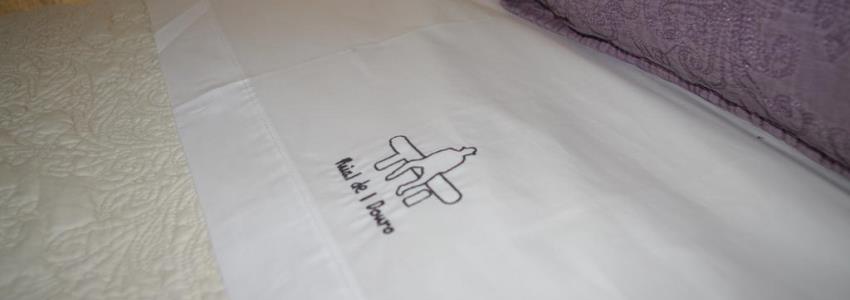
The simplicity with refinement and comfort in Miranda do Douro!Puial de L Douro, is located in Aldeia Nova, in the Natural Park of the Douro International, a 5-minute drive from the historic town of Miranda do Douro and the Spanish border. Accommodation Puial de L Douro offers 9 air-conditioned rooms with views of the Douro landscape and the Igreja Matriz. All rooms are equipped with a flat-screen TV and a private bathroom. A buffet breakfast is served each morning with homemade and regional products. The property also has a wine cellar, where guests can savor the produce of the owner's vineyards as well as other regional wines. With access for the disabled, Casa Puial de l Douro includes a common lounge with fireplace and a library where guests can learn more about Mirandês, the 2nd official language of Portugal. Outside there is a spacious terrace where you can relax and enjoy the natural tranquility of the area. Guests have free use of bicycles and can use the binoculars provided by the accommodation for bird watching. It offers free parking and free Wi-Fi. |
RoomsL FerreiroUntil half a century ago, in this region there was a subsistence economy and the production of land was the basis of livelihood. The agricultural instruments (and the manufacturing processes), of wood and iron, which were fundamental to the work, were rudimentary, still similar to those of the Middle Ages. Thus, the art of the blacksmith was fundamental and indispensable. He forged and molded the iron, to the measure of each thing, always with great patience and deep mastery making the most diverse pieces: from cords and other components to the plows, the ironwork for the cows' carts, pianos, picks, axes, homes, doors, windows, railings ... And his work was being paid annually in alqueires of cereal (rye or wheat). In remote times, it is said that it will have this space served as a residence to the blacksmith of the village that would have its forge just opposite, across the street. |
 |
 |
 |
Sr. LázaroNatural of the village of Malhadas, also near the city of Miranda of the Douro, was born in 1921 and became member of the Guardian of the Portuguese State. Because of his job, he ran the country, having worked in places as different as Minho or Alentejo until he could return home: the Mirandese Plateau. He married the heiress of this house, Maria Filomena Gomes. He had a huge heart, so that in the years when there was no bread in Portugal he would dare to inspect the people who went to Spain to find him to starve his children. He was a respected person, being almost always treated by Mr. Lázaro, instead of the usual "Tiu". Among its peculiarities are the admiration for the German work culture and its taste in treating the vineyards and produce its own wine with all the care, that was considered one of the best of the region. |
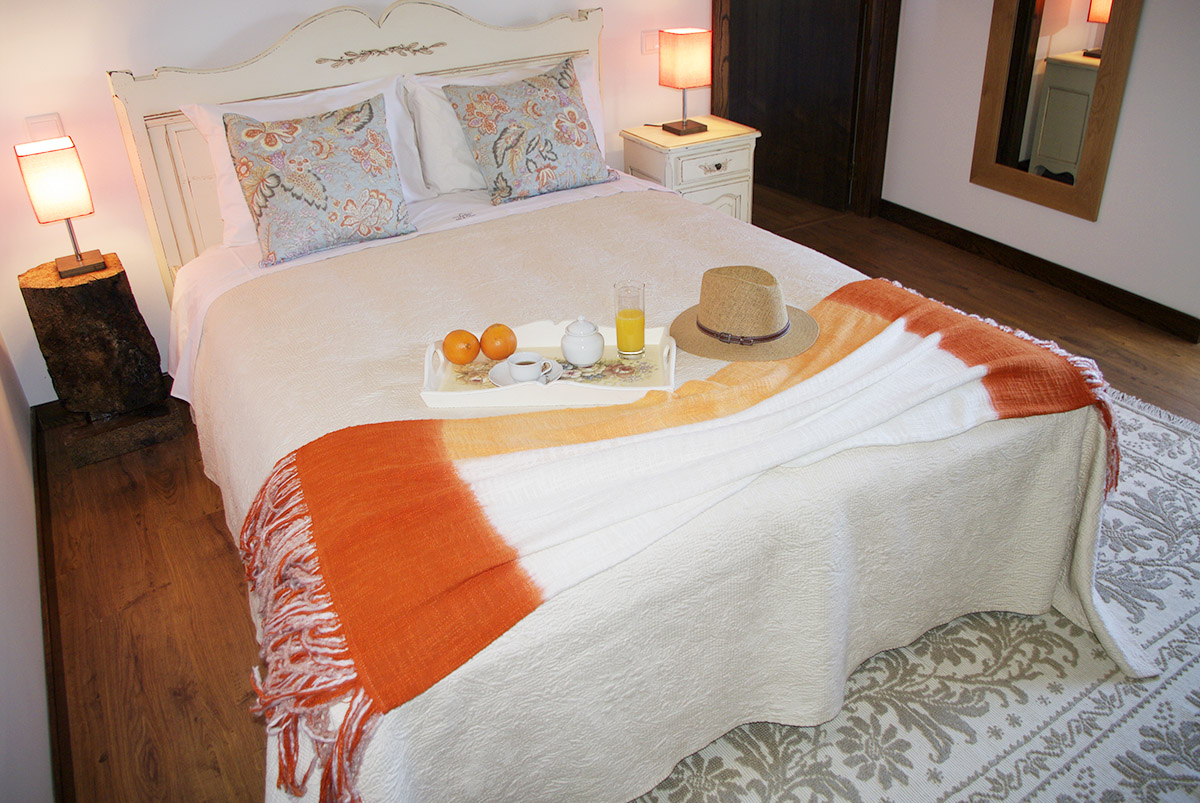 |
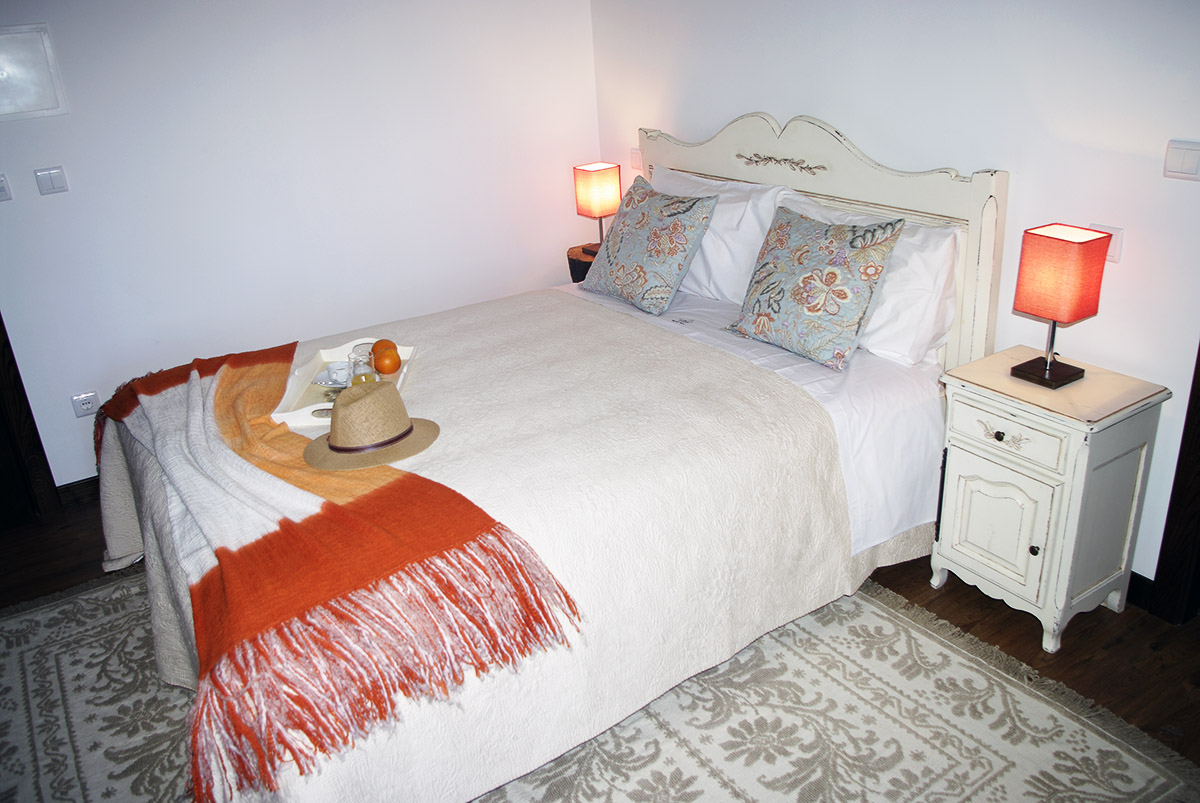 |
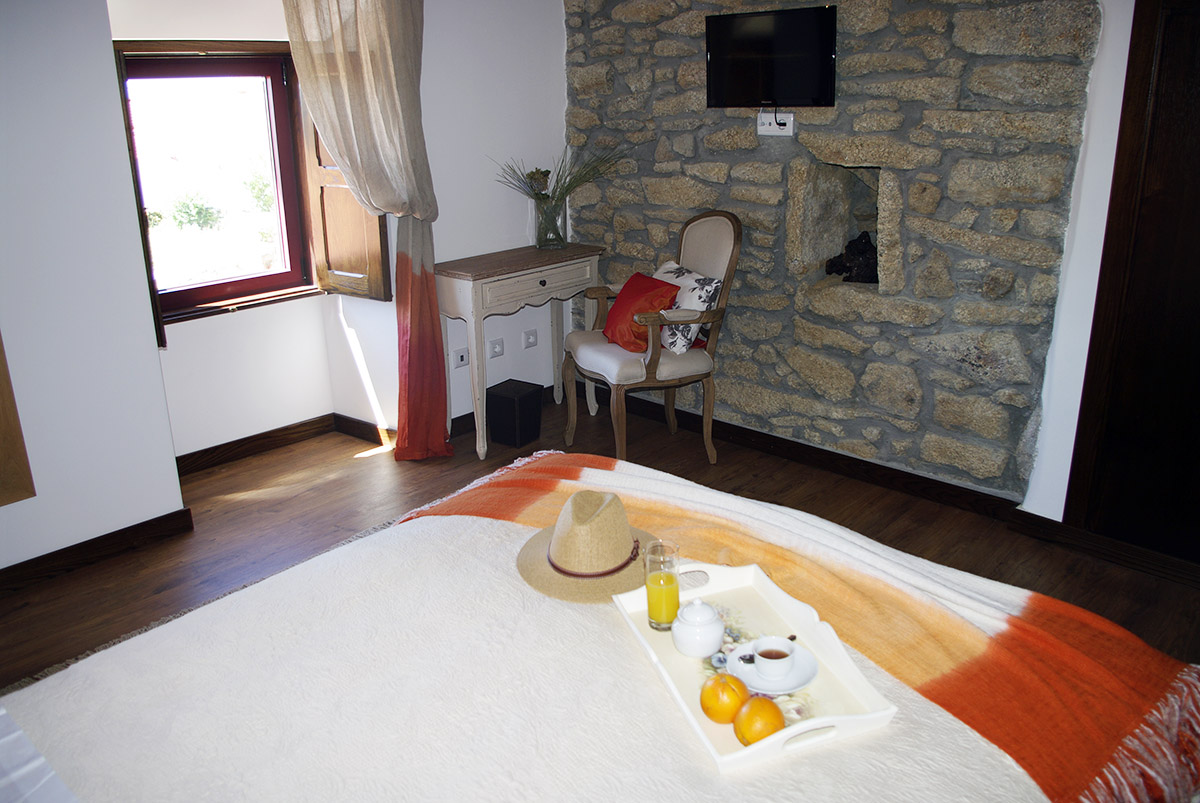 |
Tie FluméniaMaria Filomena Gomes of her name, was better known in the village by 'Tie Fluménia' and affectionately treated by her granddaughters for 'Grandmother Mena'. Born in 1919 in this house, she was the oldest of the three daughters of her parents. After their death, he inherited the house and returned with his daughter and son, having lived here most of his life. A self-taught designer, she liked to make clothes for the family and also for almost everyone in the village, so gracefully, so she did not lack people on the day of the harvest. Being an exemplary woman, she was cherished by everyone in the village. She never lost her energy even after she became blind at 50 years of age. He kept his daily life, never having stopped until his death in 2009. He believed that a better world is only built with surrender, work, love, and doing good to others. Memory loss, his most repeated phrase ("It's better to have to give than to ask"), and the image of seeing her, sitting in the fireplace, spinning and doing socks with an enviable perfection. |
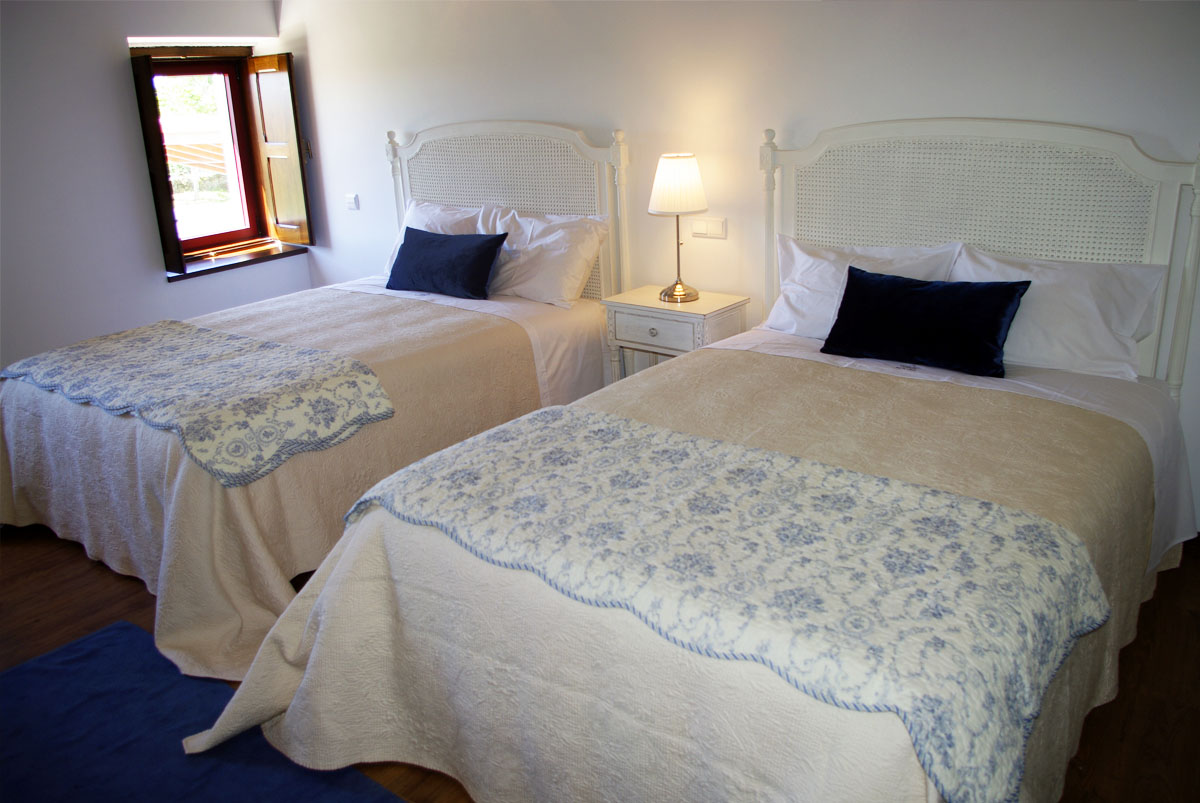 |
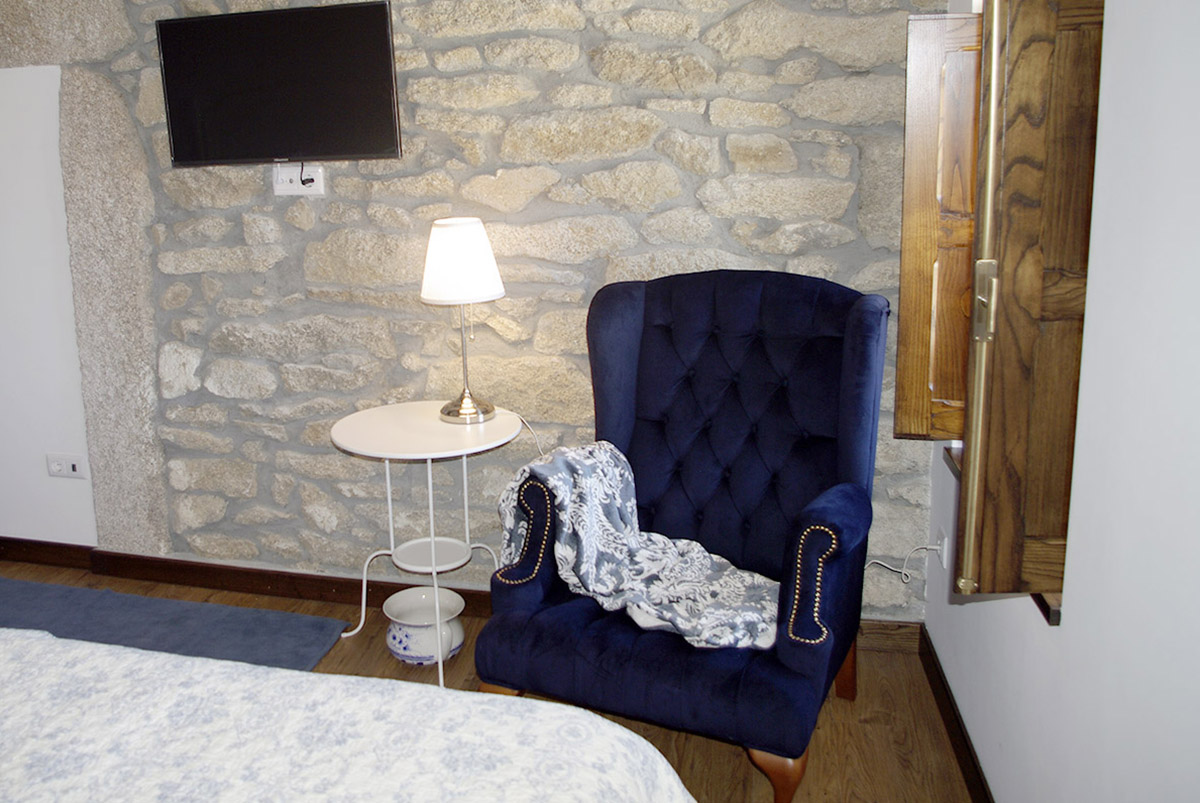 |
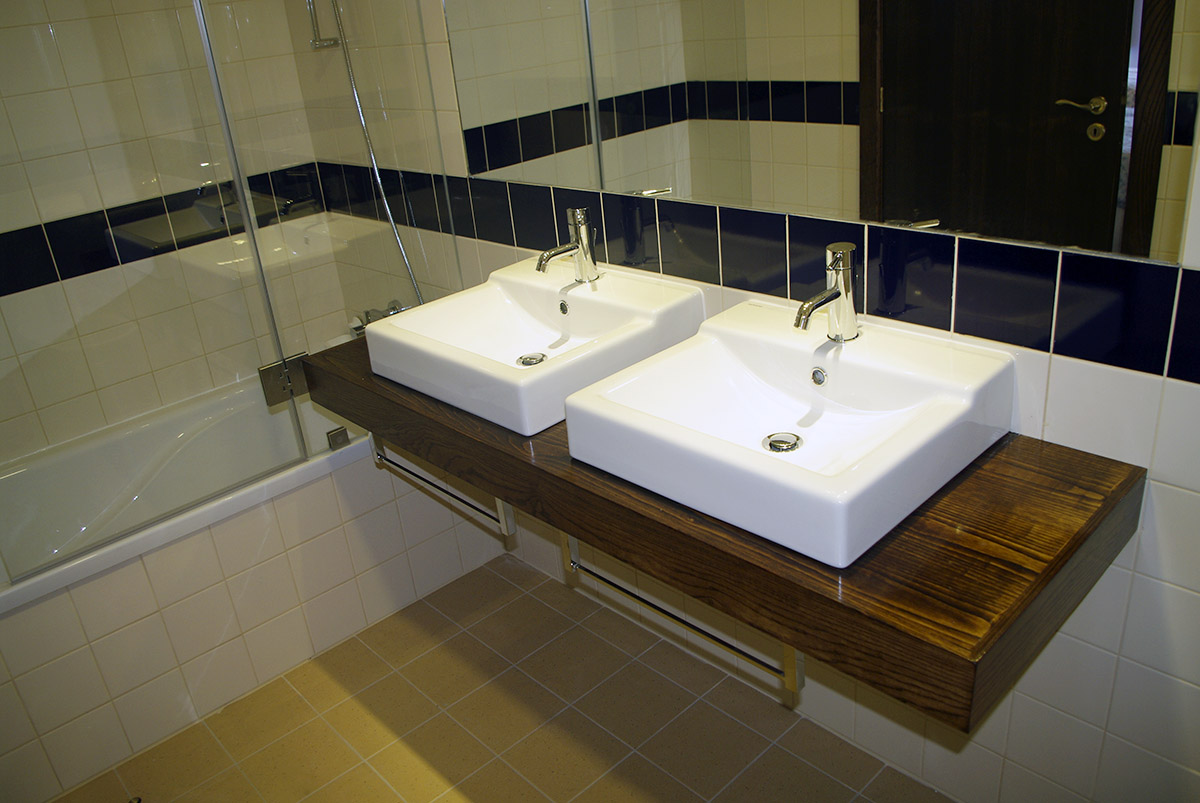 |
D. EinésBorn Inês Maria da Resurreição Vaz de Quina, in the village of Malhadas, was the granddaughter of the Judge and Regidor of the Municipality of Miranda do Douro, Dr. Agostinho Vaz de Quina. When he married Francisco Gomes, known by Tiu Tono and the third last owner of this house, he came to live in Aldeia Nova, being affectionately treated by the inhabitants of the village for 'Menina Inezinha'. |
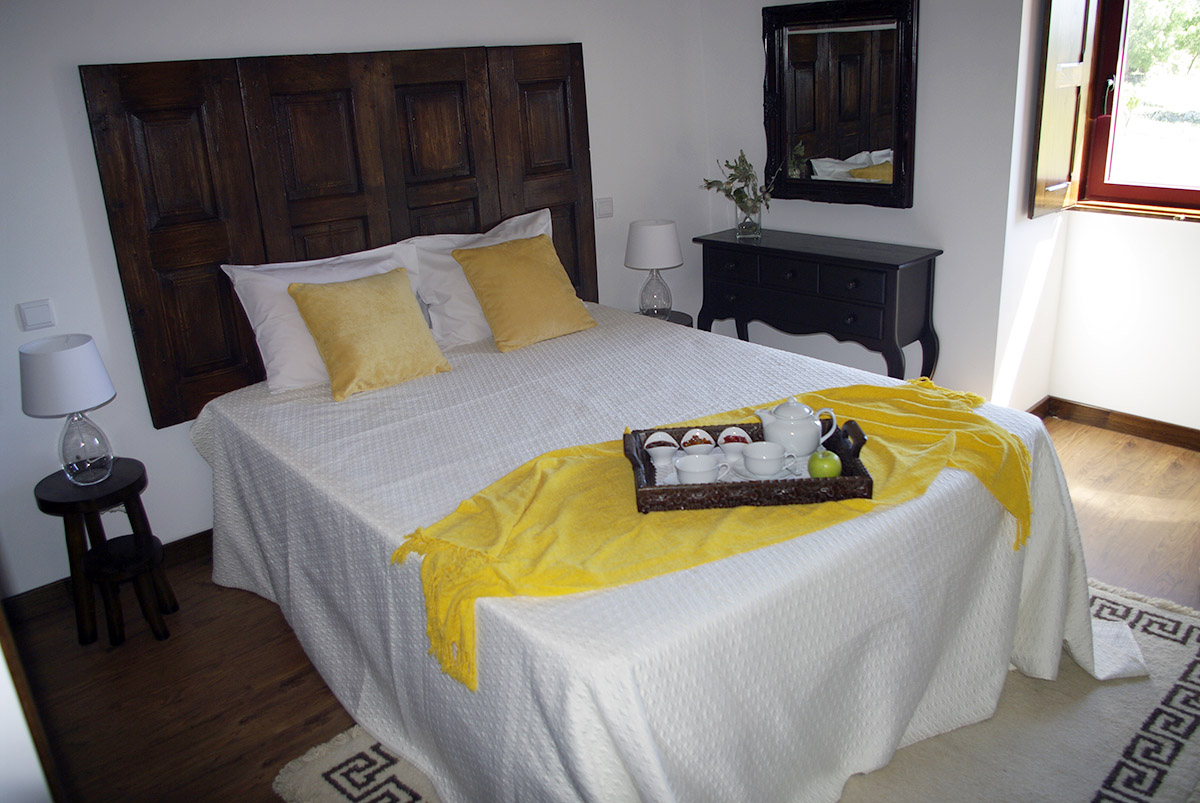 |
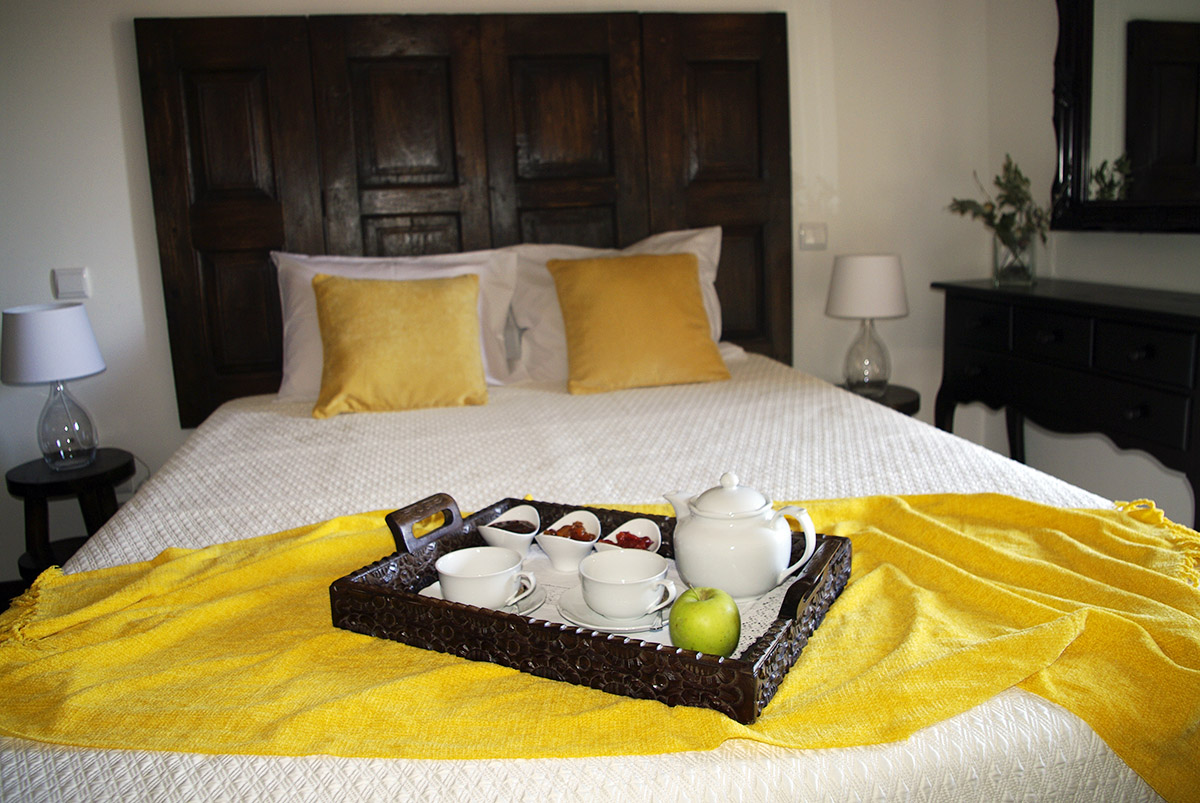 |
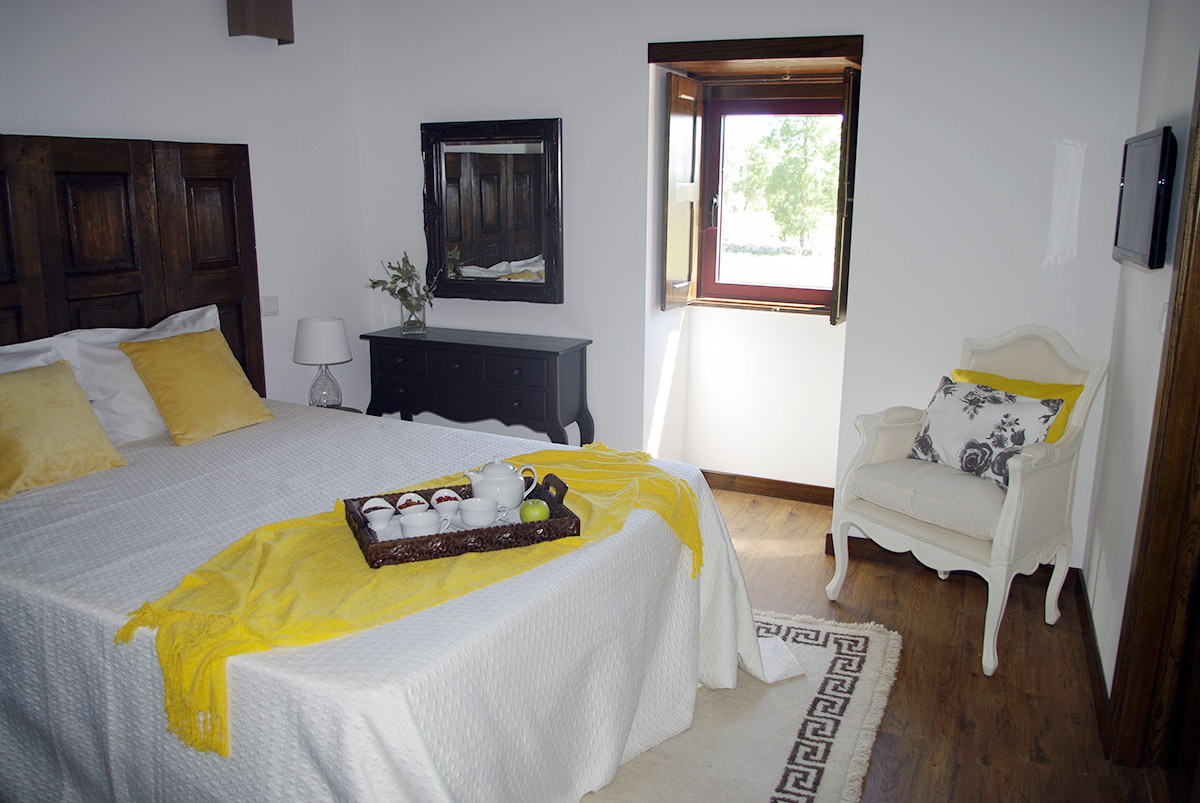 |
Tiu TonoFrom its name Francisco Manuel Gomes, was the penultimate owner of this house. He earned the nickname 'Tiu Tono' because one day, as a young boy, he fetched the cows to a mound (grazing, usually closed by a granite wall), something far from the village. night, to have heard an onomatopoeic sound, perhaps of a bird of prey, which seemed to him a human voice saying: "I am already (I return), I am already." When he was very young, he was so frightened that, when he returned, telling the village what had happened to him, crying still in fear, he said, "I already tone, I already tone", not being able to pronounce the "R". It was enough to have a nickname forever. |
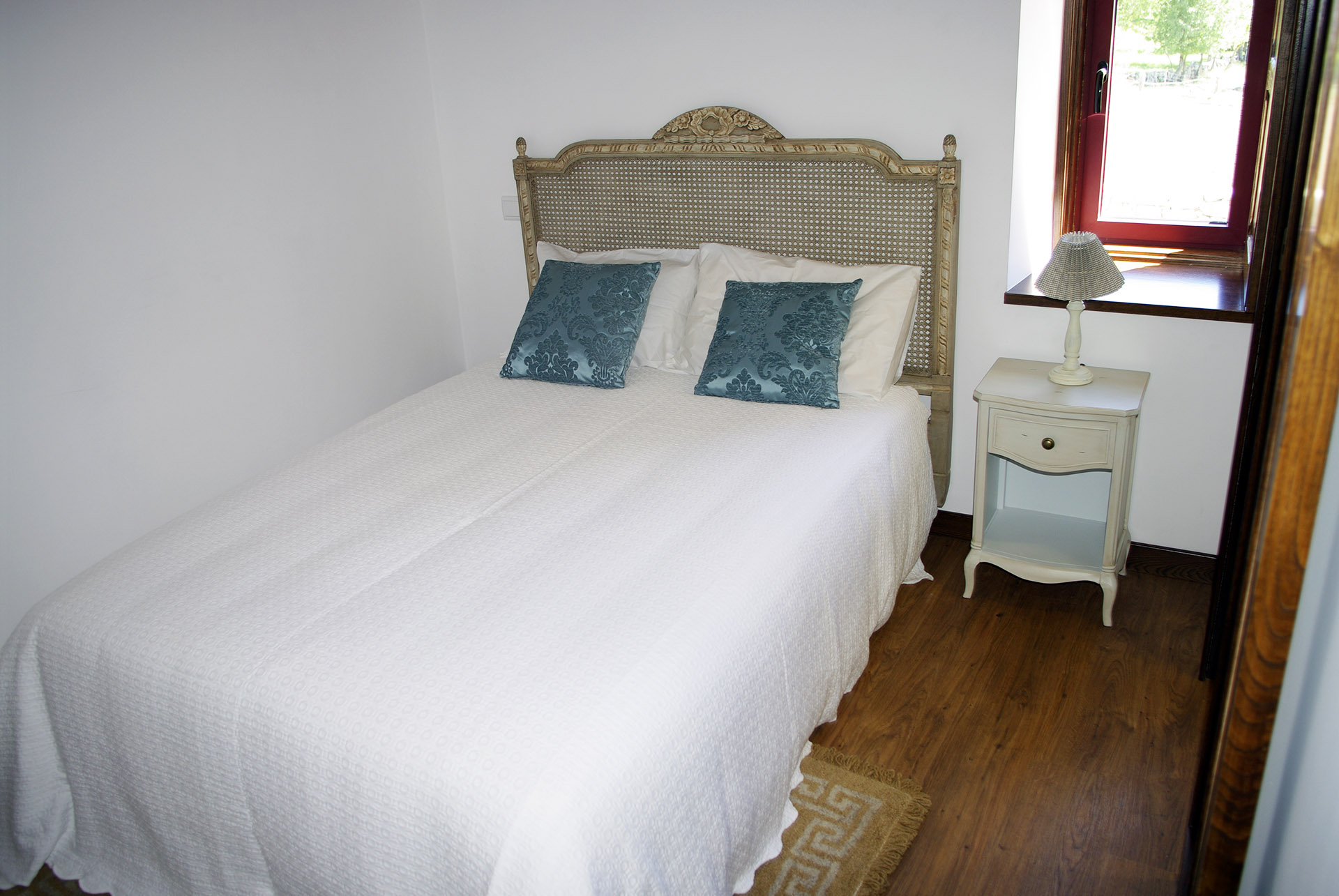 |
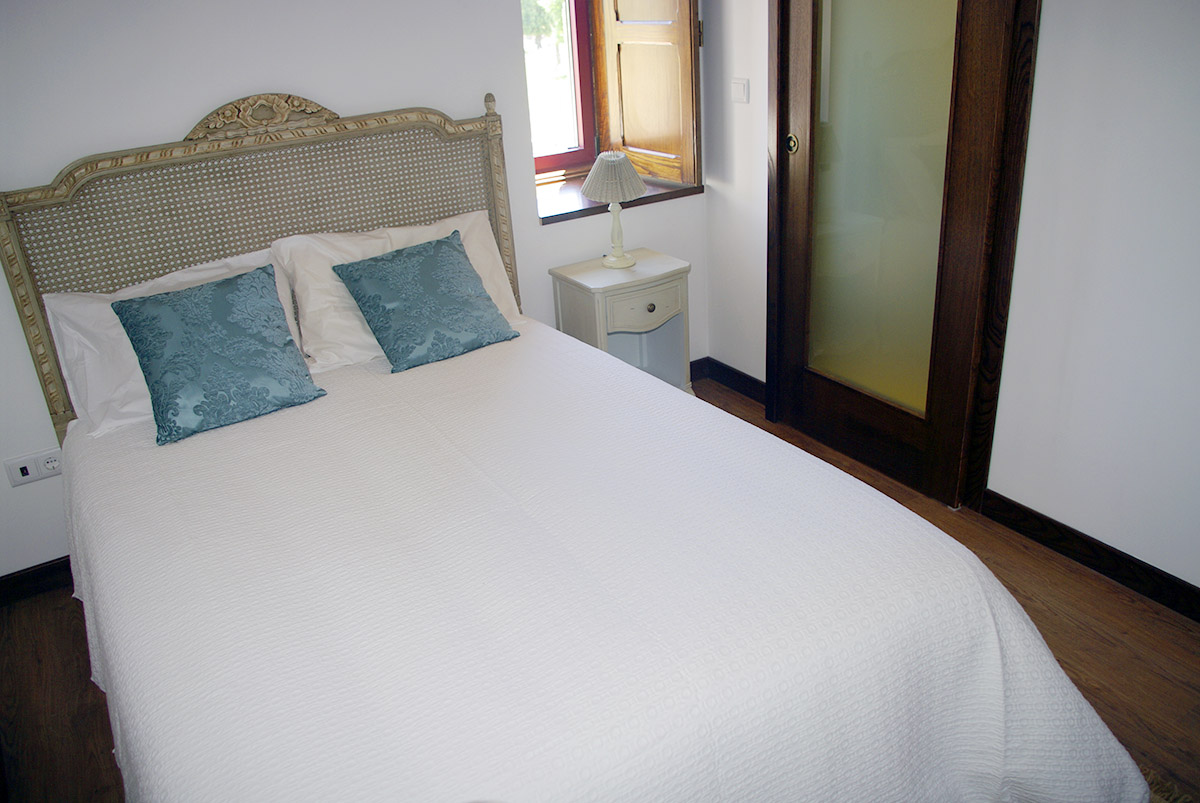 |
 |
L TriatoIt was a space of the old traditional agricultural houses that used to be placed between the upper part of the animal stables and the roof and served like warehouse: to collect the hay for the cattle and the straw that would serve to fill the mattresses made of tow (coarse linen cloth), as well as to scorch the pigs at the time of slaughter (between late November and early January, to collect the capons (vines from the vines) that would serve to bake the pigs' pork , to roast sardines or meat, to keep the pumpkins and other crops throughout the year ... It was called triato (or Portuguese - theater) precisely because just like the stages of the entertainment space was also based on a wooden table. |
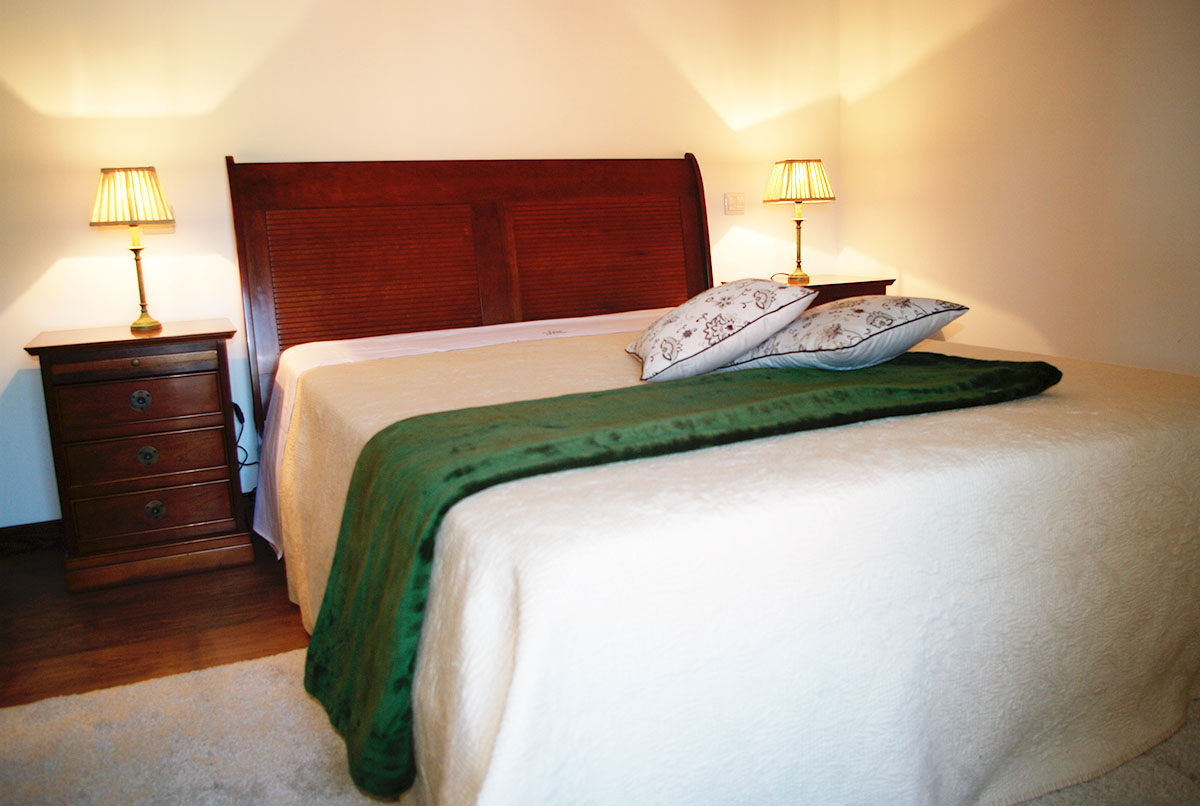 |
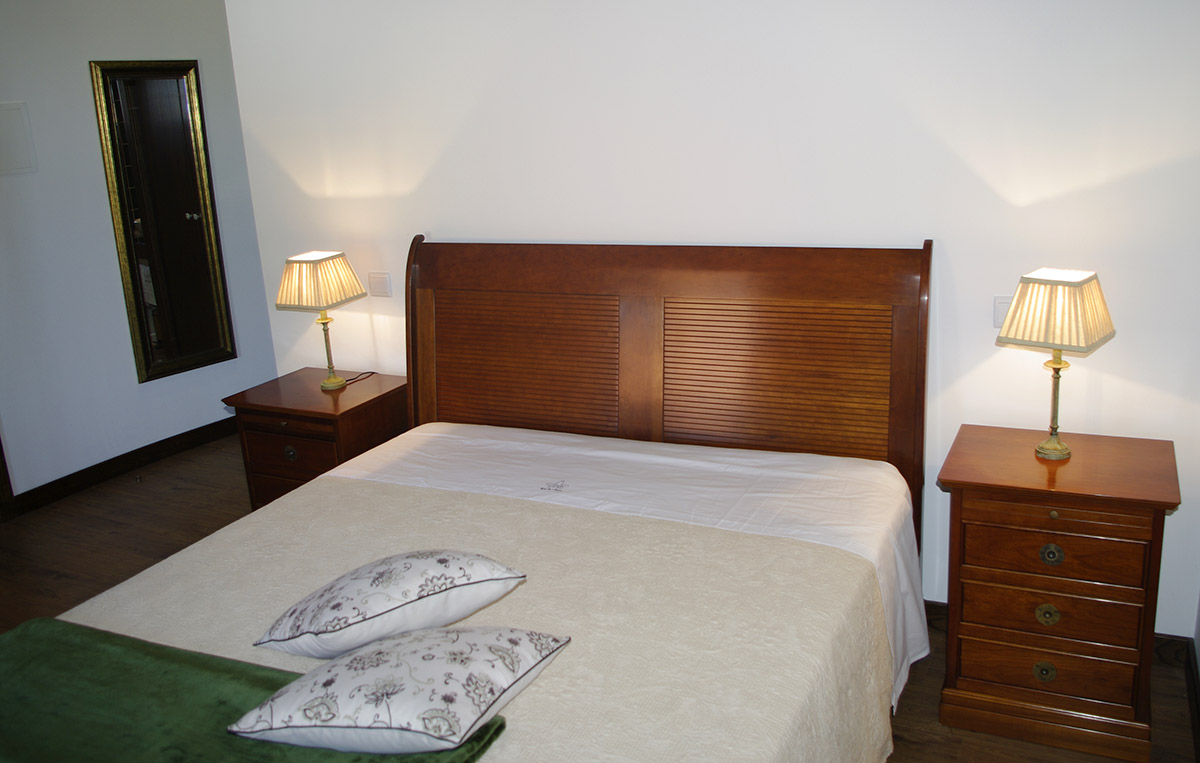 |
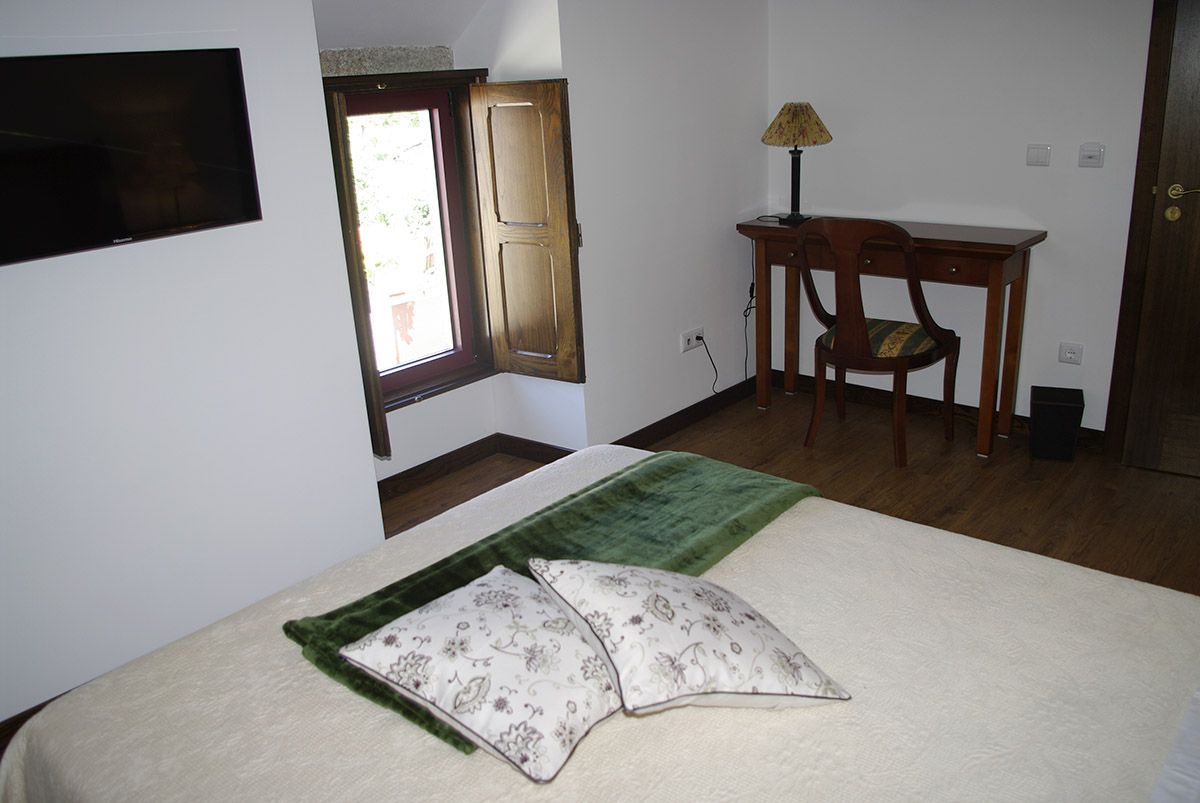 |
La QuesturaFor centuries, this region lived alone and with weak communication routes. So with little circulation of goods, people have developed a great spirit of saving and also of creativity to meet the needs. So the housewives had to put into practice their stylistic gifts, almost always self-taught, to make and mend their clothes. Hence the adage: "Thou shalt patch thy cloth, and shalt spend the year. Patch again and you will pass again. " As its name indicates, this was a space dedicated to sewing. This division was one of the last to be added to the house, namely by its last heiress - Tie Flumenia - who spent many afternoons, hours there, sewing, making clothes for her, for the family and many friends in the house. village, since it was one of his favorite activities. |
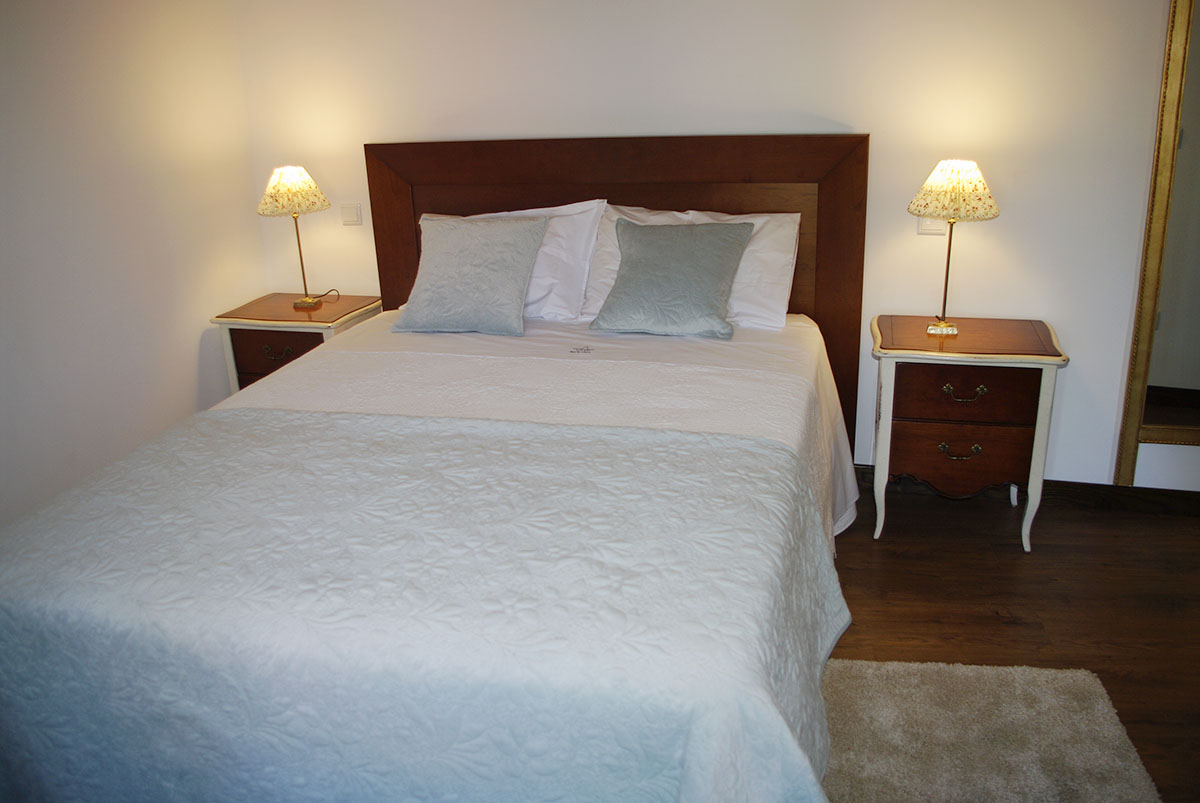 |
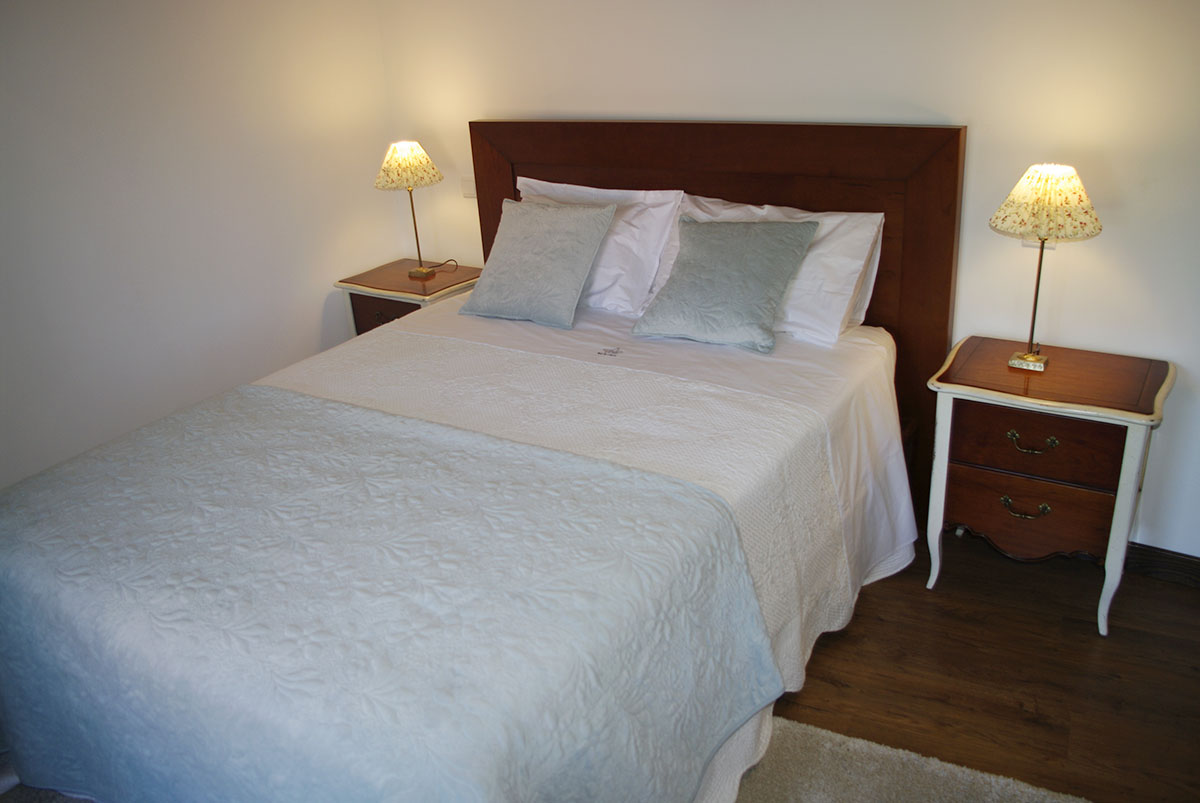 |
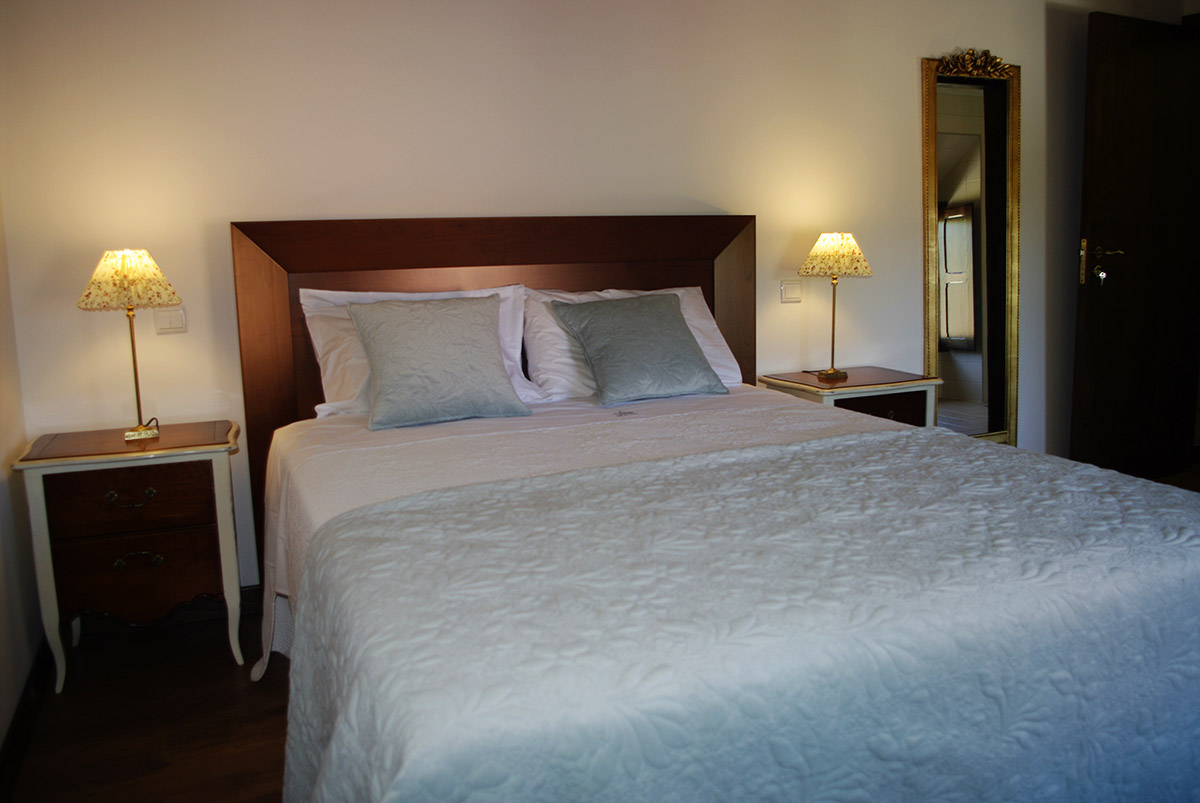 |
La TulhaThis was a room for cereal storage. Essentially wheat and rye, produced by the house, which for many centuries were quite essential and sustenance basis. With them bread was made which, along with wine, brought joy to the house, which led the people to say: "bread and wine and walk the way." The cereals were produced with labor and sweat over a whole year: from the months of September and October in which the sowing was done until the summer months, between June and August, when the harvesting was done, the the threshing with the rail (tribulum - of Roman origin), all with means and elementary processes on the basis of the gross work of man and animal power. |
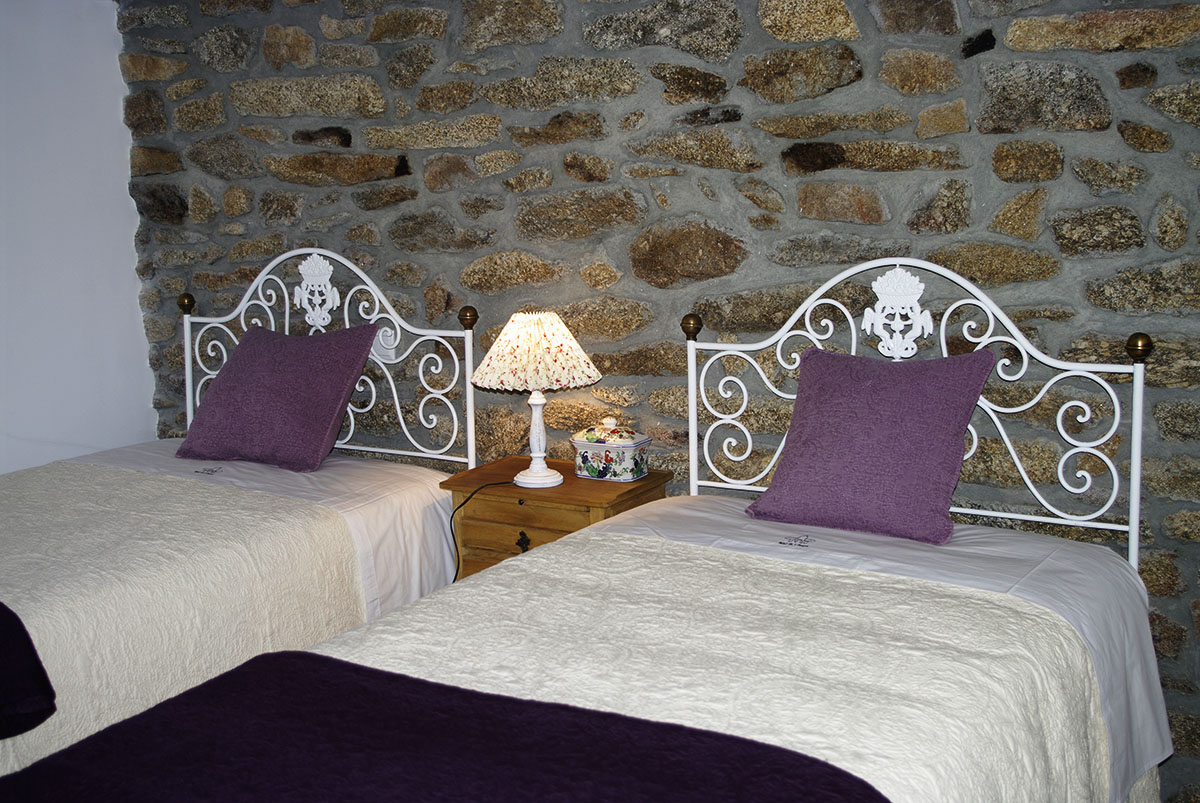 |
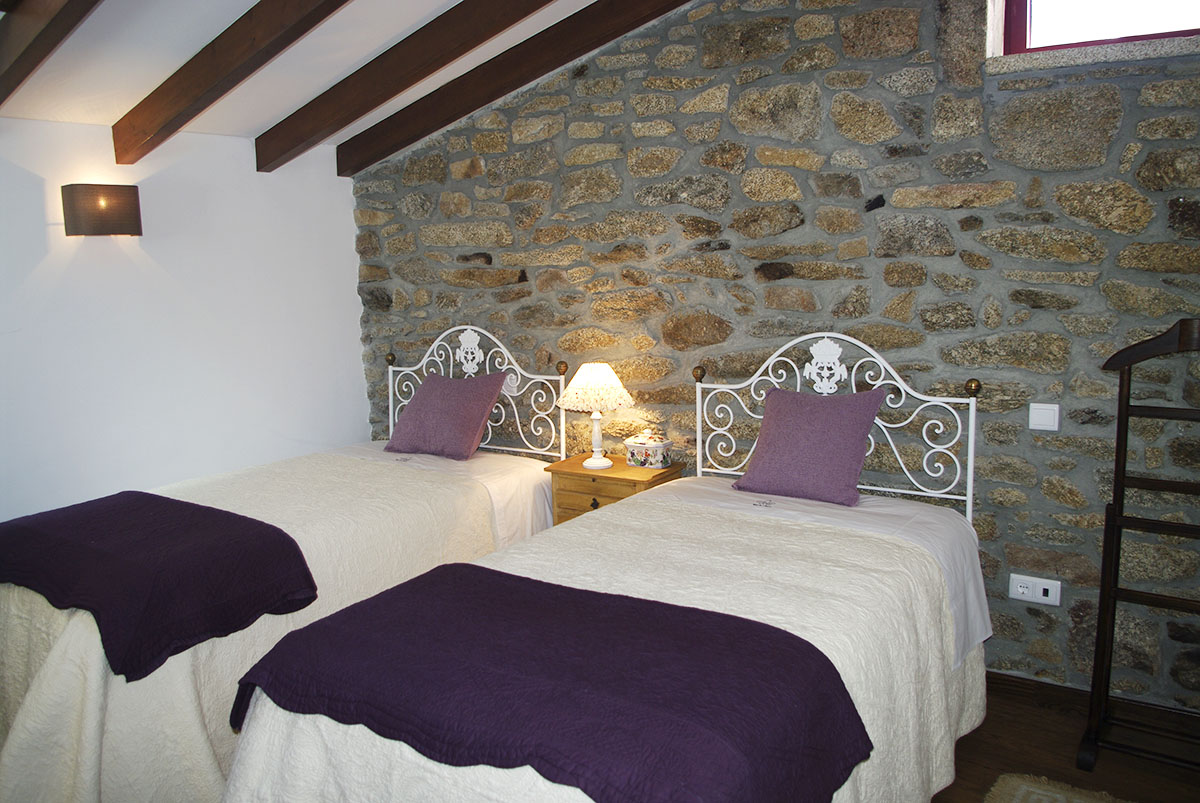 |
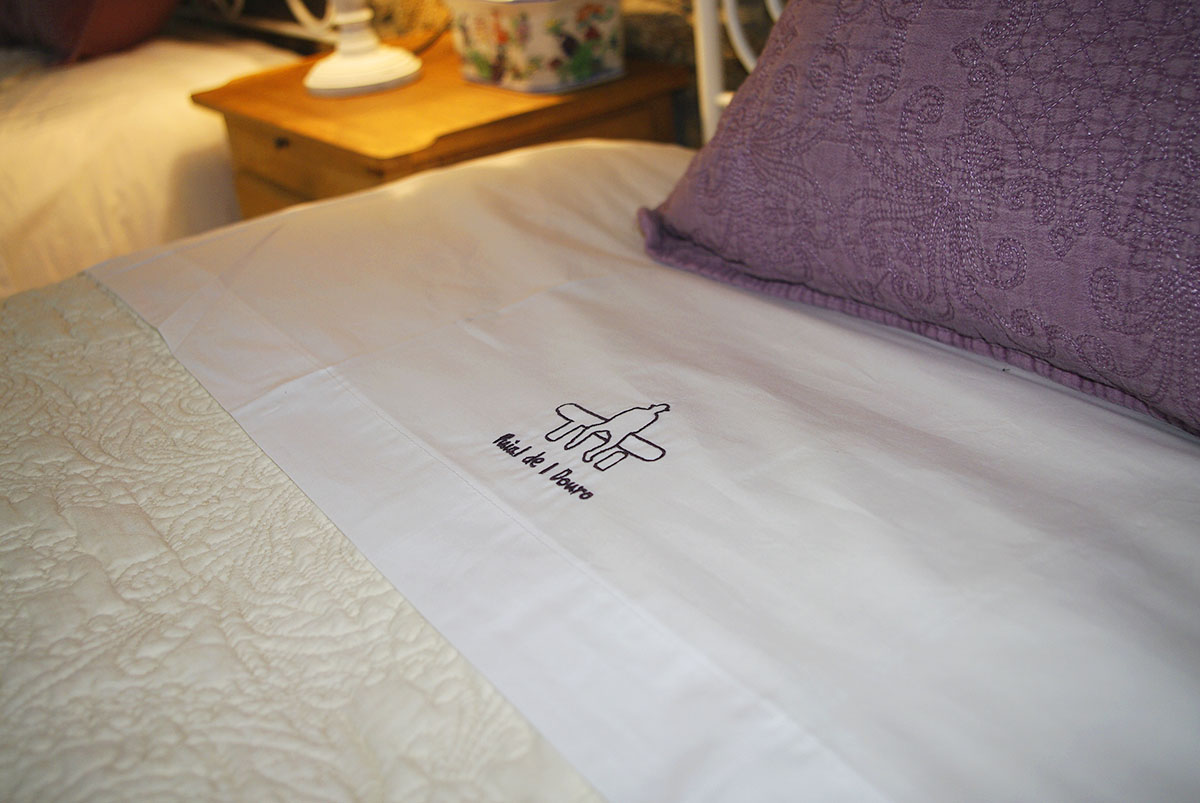 |
L Cabanhal (Apartamento)It was an old dependence of the house, open to the patio and covered with tile, where the agricultural implements were arranged and the brandy was made. This place was also used as a workshop for the farmer / owner of the house, because that was where he put the cables to the tools, made the plows, the yokes for the animals and other utensils. In winter, it was here that the mistress of the house and the neighbors gathered and lived together, making lace around a small fire. |
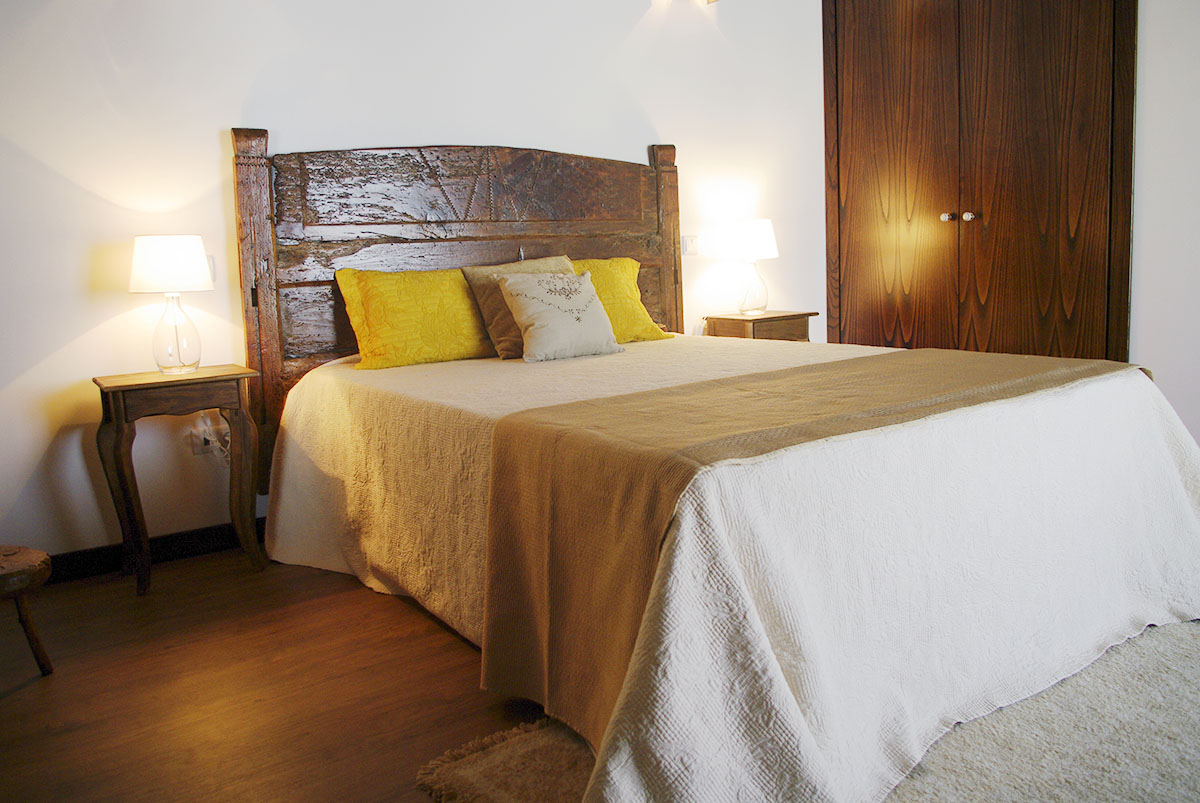 |
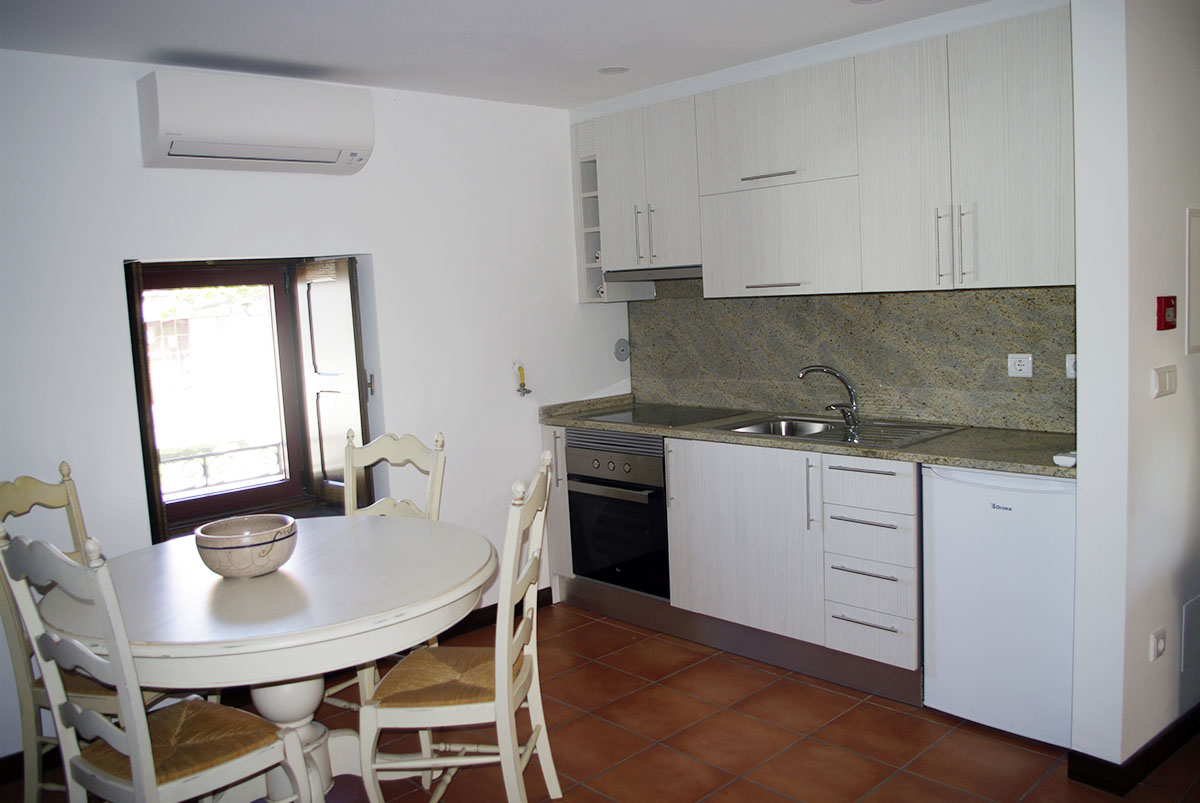 |
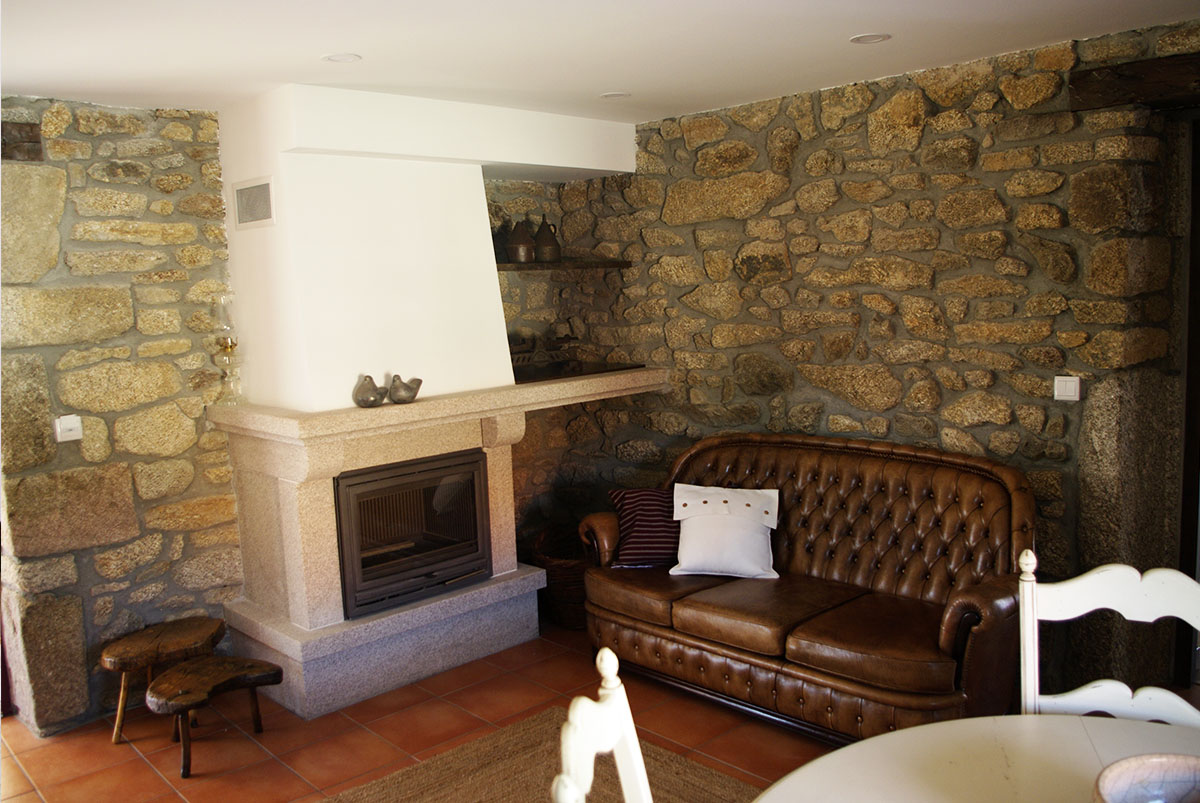 |
Miranda do DouroIn the city of Miranda do Douro, we find a historic center still preserved with much to visit. From the Sé Cathedral where we find the Baby Jesus da Cartolinha and an imposing organ of the XVIII century, passing through the restored Convent of the Trades Friars, by the Historical Street of the Costanilha and finishing in the ruins of the Castle that still maintains the call "Door of Betrayal" ... But Miranda does not end here. Descending almost to the hydroelectric dam, you will find the quay where you can take an inspirational boat trip, during which you can try to see more closely the famous "2" inscribed in one of the cliffs cliffs of the Douro. |
|
|
|
|
|
|
|
|
|
Source: |
Prices
|
|
Note: - The prices shown are subject to confirmation of availability, season and number of people. |
Map (Latitude: 41.5407493, Longitude: -6.2347666)